Fujifilm GFX50S II
Fujifilm’s GFX medium format cameras have been around for almost five years now, and they’ve been getting progressively closer to the mainstream. The original Fujifilm GFX 50S, which was announced in 2017, was one of the few ‘affordable’ medium format cameras available at the time, but since then Fujifilm has even made 102MP options that are relatively affordable compared to their competitors.
However, Fujifilm’s 102MP medium format cameras are still pretty expensive, and that’s where the new Fujifilm GFX50S II comes in. It offers half the sensor resolution at 51.4MP, brings a few significant improvements over its predecessor, and all at a lower launch price than the original GFX 50S. This makes the GFX50S II a compelling alternative to high-resolution full-framers, if you’re not a speed junky.
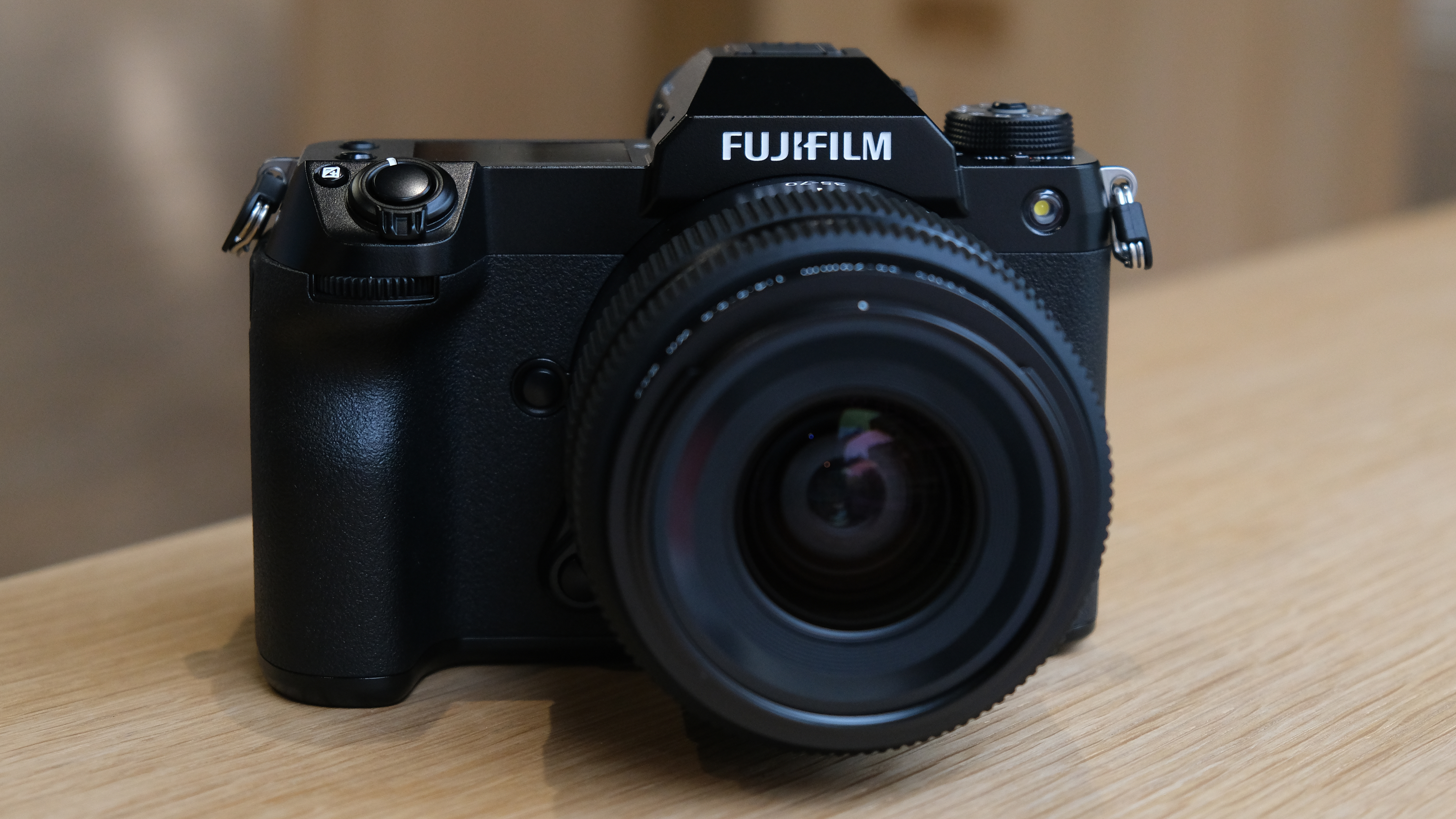
But if you can get a 65MP Sony A7R IV for a lower price than the GFX50S II, wouldn’t that be a better option? Sure, but sometimes (sensor) size does matter. The medium format sensor in the GFX50S II is about 1.7x bigger than a 35mm full-frame chip. And that means better light-gathering abilities, and thus a superior low-light performance and excellent dynamic range that few full-framers can match.
Fujifilm GFX50S II price and availability
At launch, Fujifilm has slapped a price tag of $3,999 / £3,499 / AU$6,499 for the body alone. A kit bundled with the GF 35-70mm f/4.5-5.6 WR lens will also be available for $4,499 / £3,899 / AU$7,299.
That’s not what we’d call ‘cheap’, but it is remarkably affordable for a medium format camera and is cheaper at launch than the Fujifilm GFX 50S, which arrived for $6,500 / £6,199 back in early 2017.
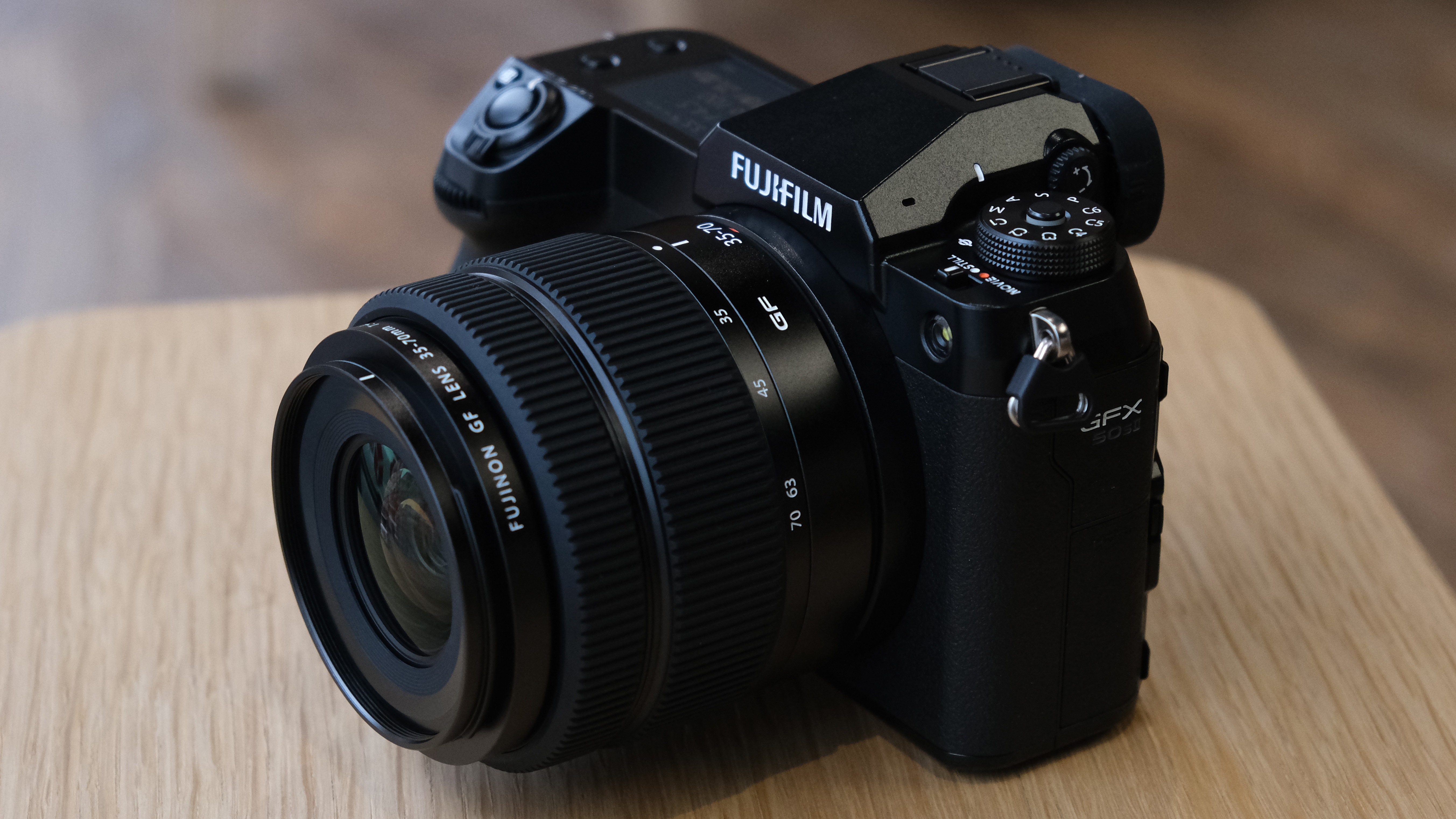
If you take into account the other 50MP medium format cameras like the Hasselblads, you’ll be shelling out something like $6,500 / £6,000 / AU$11,500 for the 907X 50C or X1D II 50C.
You’ll need to factor in the cost of lenses, though, and the GF lenses don’t exactly come cheap. That said, the single-lens kit for the GFX50S II is priced well, and it could be possible to snap up another GF lens or two during a sale.
Fujifilm GFX50S II design
Physically, the original GFX 50S and the Mark II are very different. Fujifilm has used the GFX 100S body for the new GFX50S II, giving it a more DSLR-style control layout. This would make it easy for anyone moving away from a different system to adapt to the GFX50S II quite quickly.
Unlike the original GFX 50S, which has slightly cramped dials on the top plate, there’s just the traditional mode dial and the electronic viewfinder (EVF) on the Mark II, with a 1.8-inch LCD display to the right of the viewfinder. The display can be set to show virtual dials, a histogram or a full set of shooting parameters. There’s even a little light button to illuminate the display.
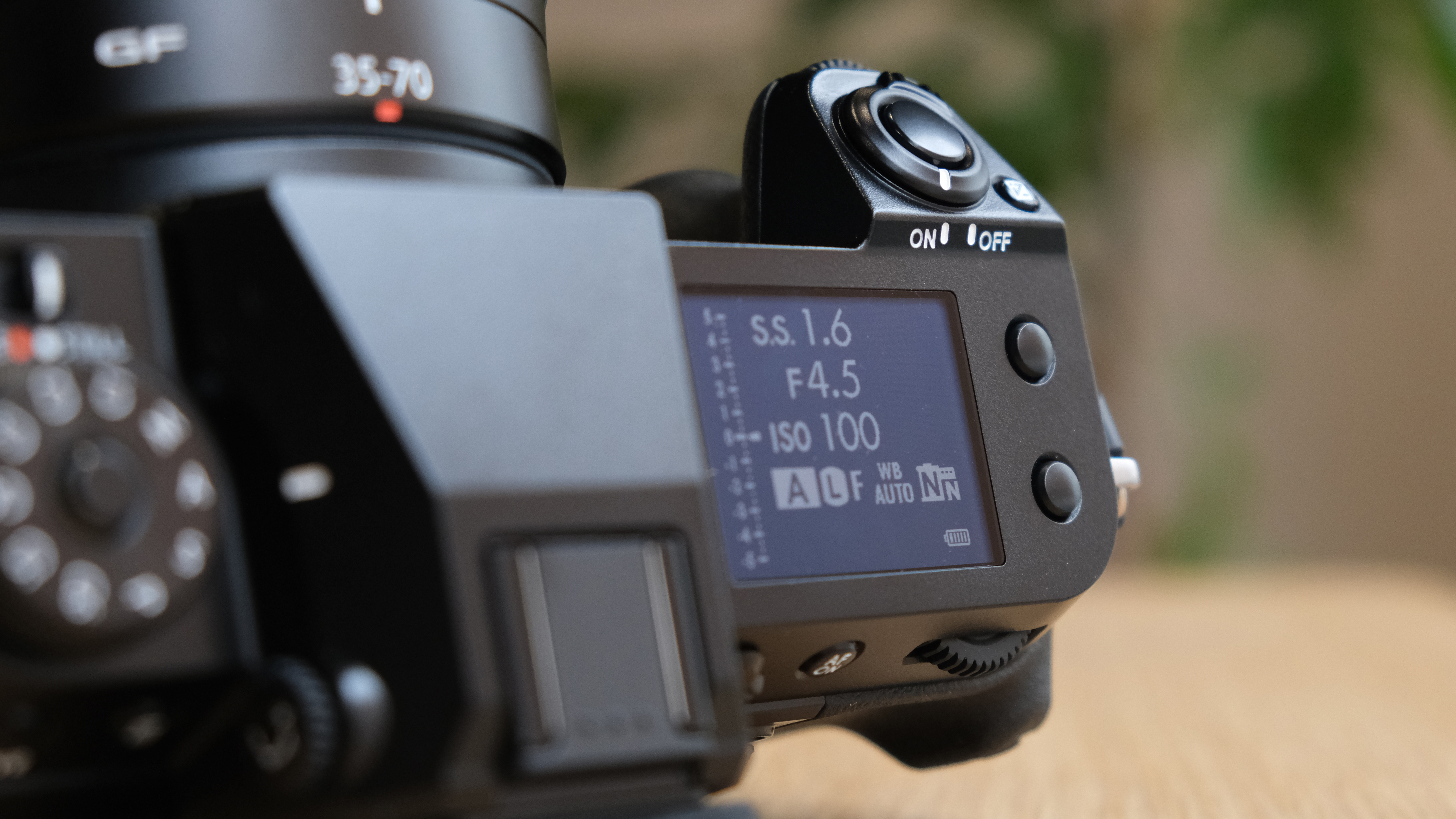
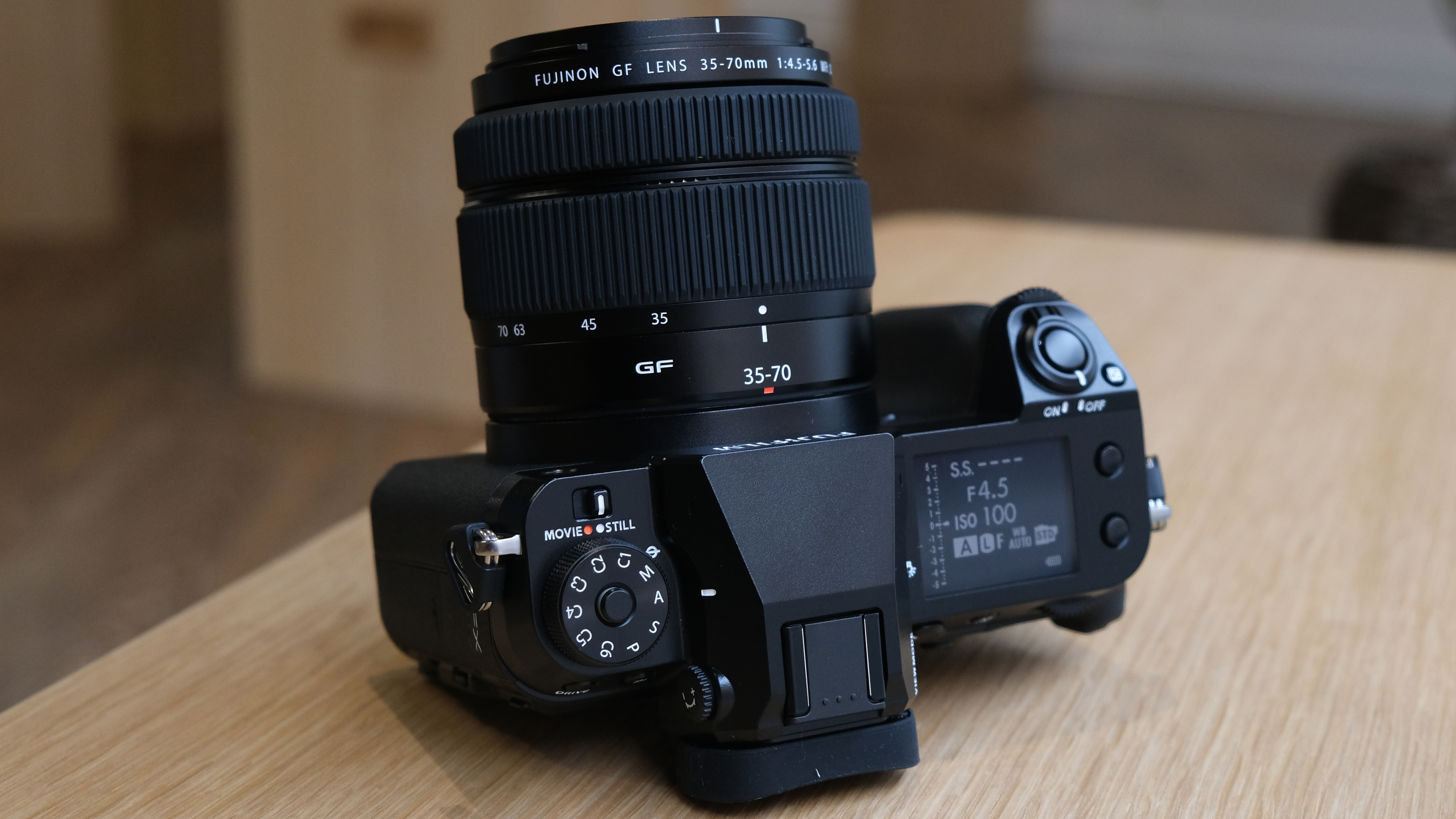
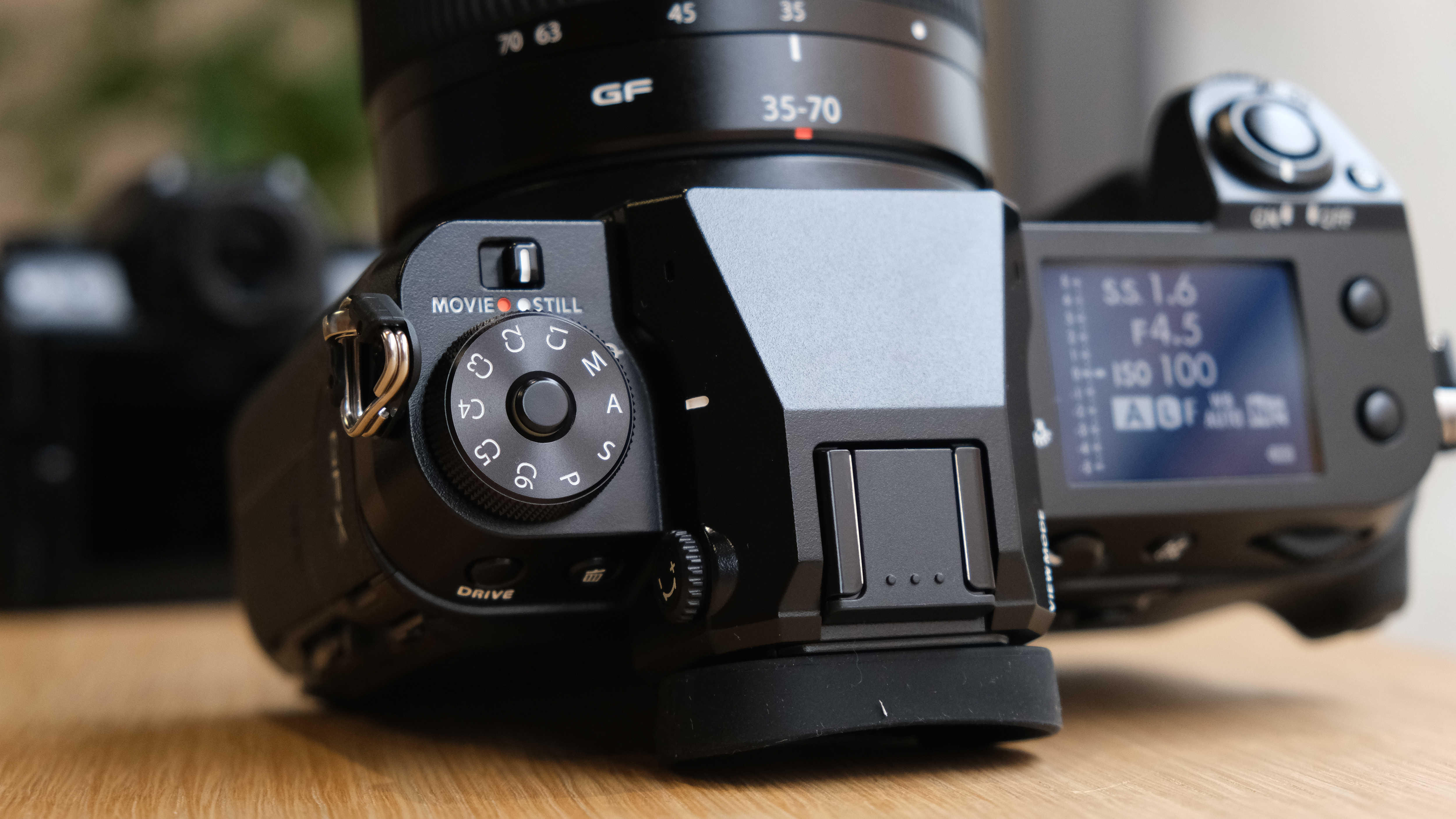
Speaking of the EVF: the older GFX 50S had a removable eye-level viewfinder that could be replaced with an optional tilting EVF. However, the EVF on the Mark II is fixed, like in the GFX 100S, and has the same 3.69 million-dot resolution as before.
Complementing the EVF on the rear is the 3.2-inch, three-way tilting touchscreen, the same as the one used in the GFX 50S and GFX 100S. The button layout on the rear in the Mark II is a lot more intuitive than before – it's the exact same setup as its 102MP sibling. However, the Quick Menu button on the Mark II still sits on the ridge of the thumb rest (as in the GFX 100S) and may cause accidental presses if you aren’t too careful.
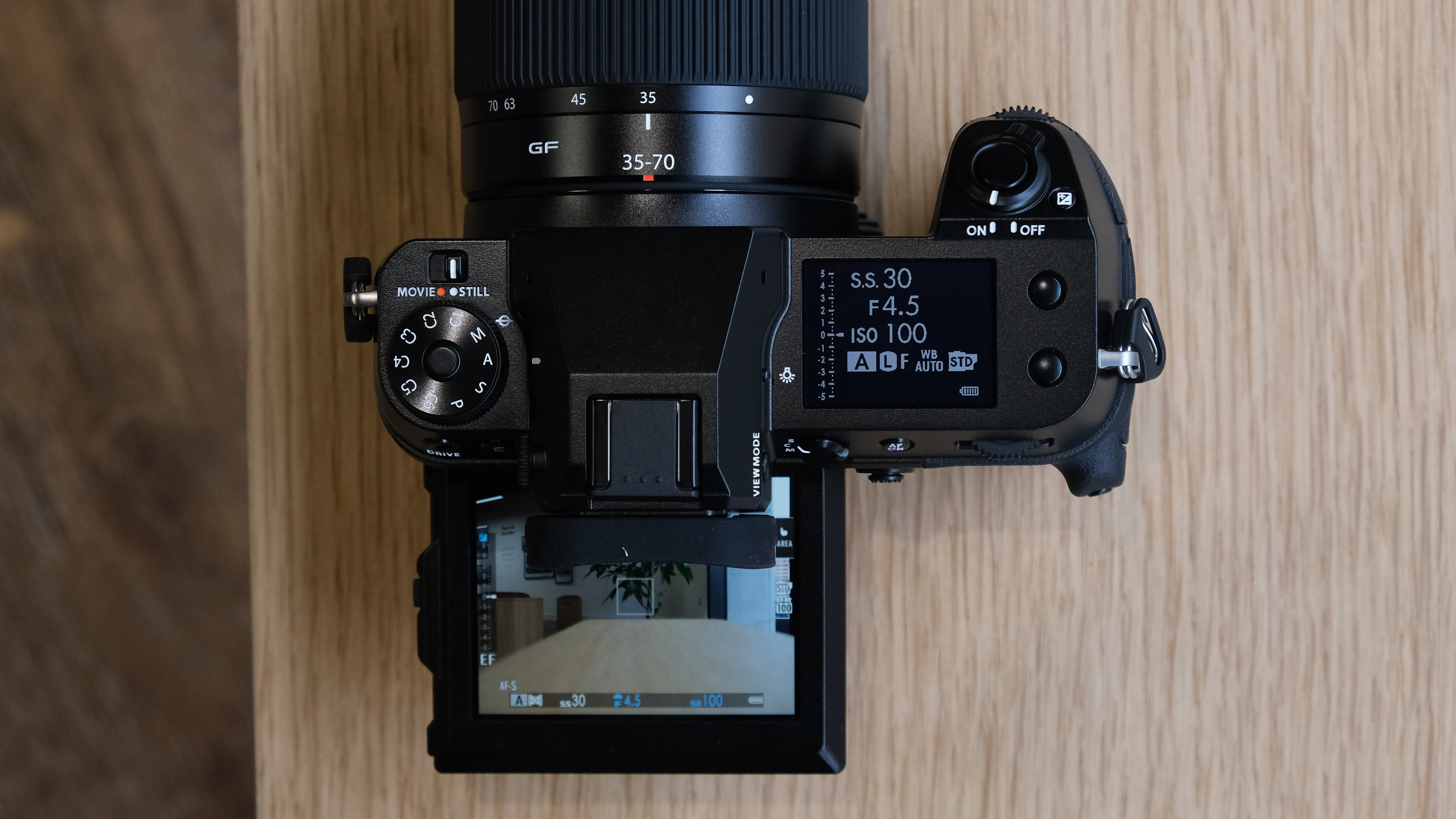
Like the GFX 100S body, the GFX50S II also sits comfortably in the hand, with a beefy grip that distributes the weight well, even when a hefty lens has been attached. At 900g, it’s no lightweight, and the camera can feel heavy after prolonged handheld use, but it’s a far cry from larger bodies like the GFX 100.
Having inherited the body from the GFX 100S, the GFX50S II also has the same NP-W235 battery that’s rated for about 460 shots per full charge. Dual SD card slots, 3.5mm jacks for mic and headphones, a USB-C port for charging and transferring files, a mini HDMI port and a PC sync port round up the camera body.
Fujifilm GFX50S features
Fujifilm has decided to stick with the same 51.4MP sensor that was used in the original GFX 50S, and that’s not necessarily a bad thing.
You’re still going to get impeccable image quality, with shallow depth of field no matter the focal length. However, that also means you’re still only getting contrast-detect autofocus, which is slower than phase-detect AF. Still, Fujifilm claims that upgrades to its AF algorithms have made a difference.
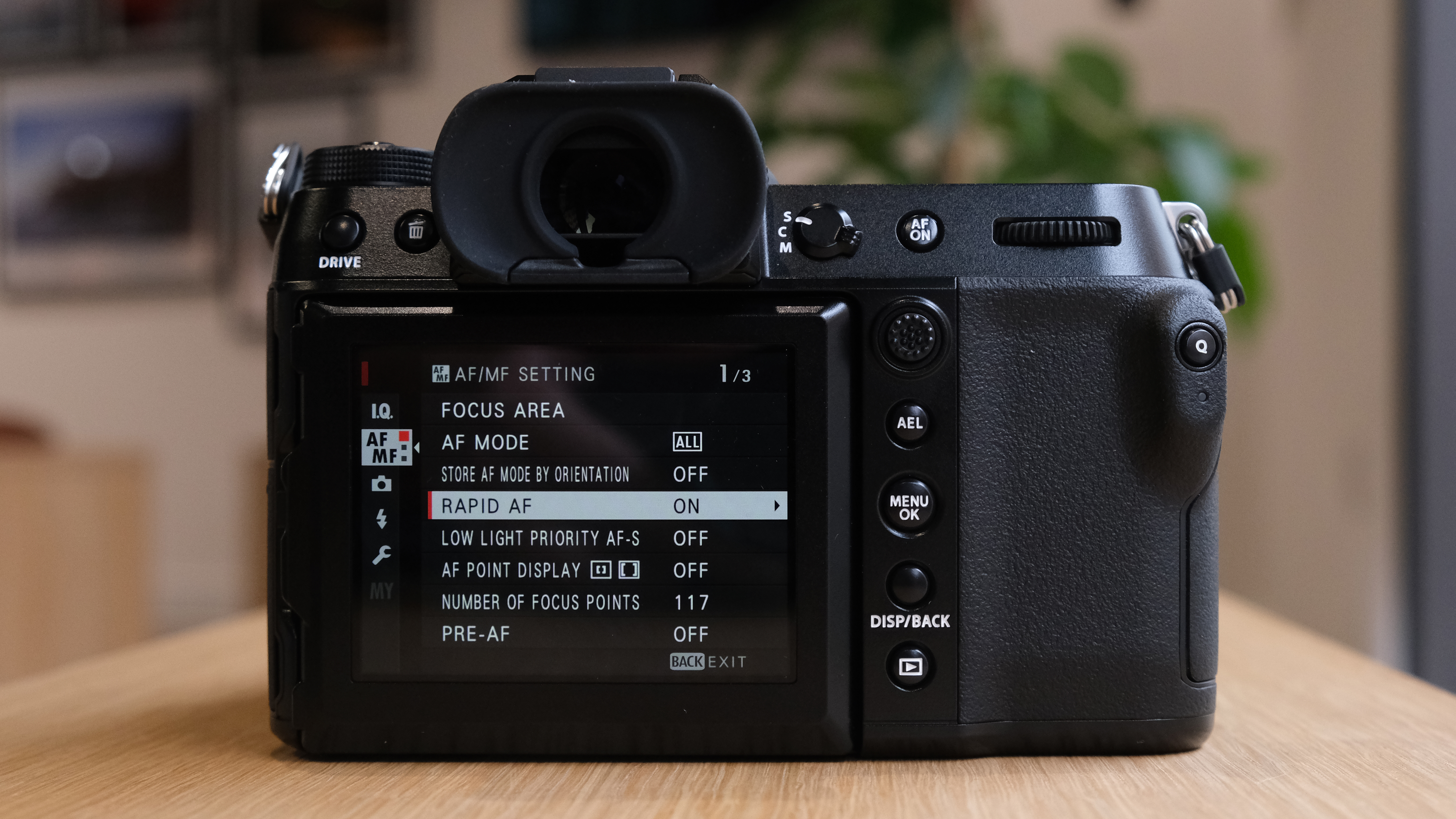
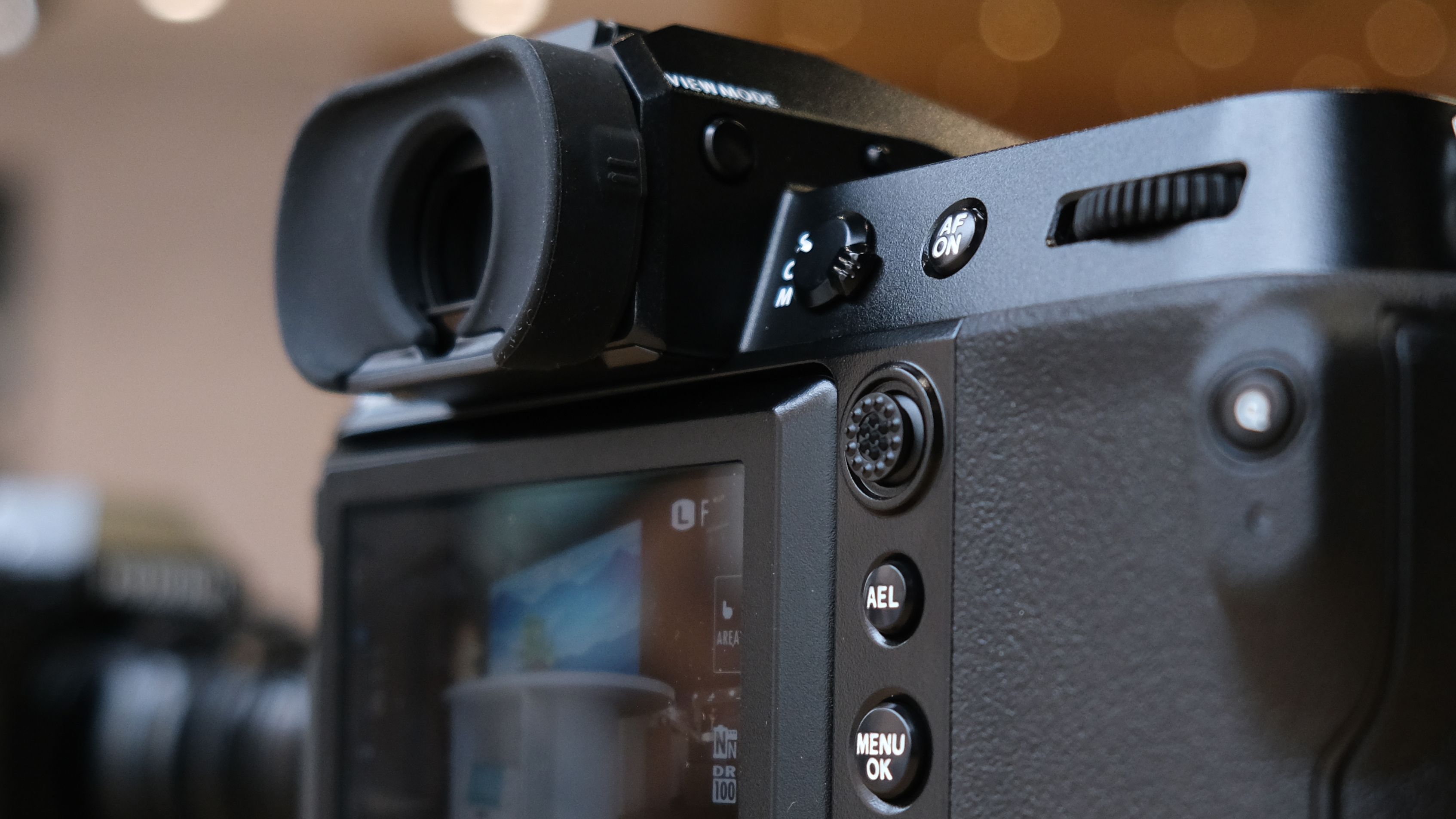
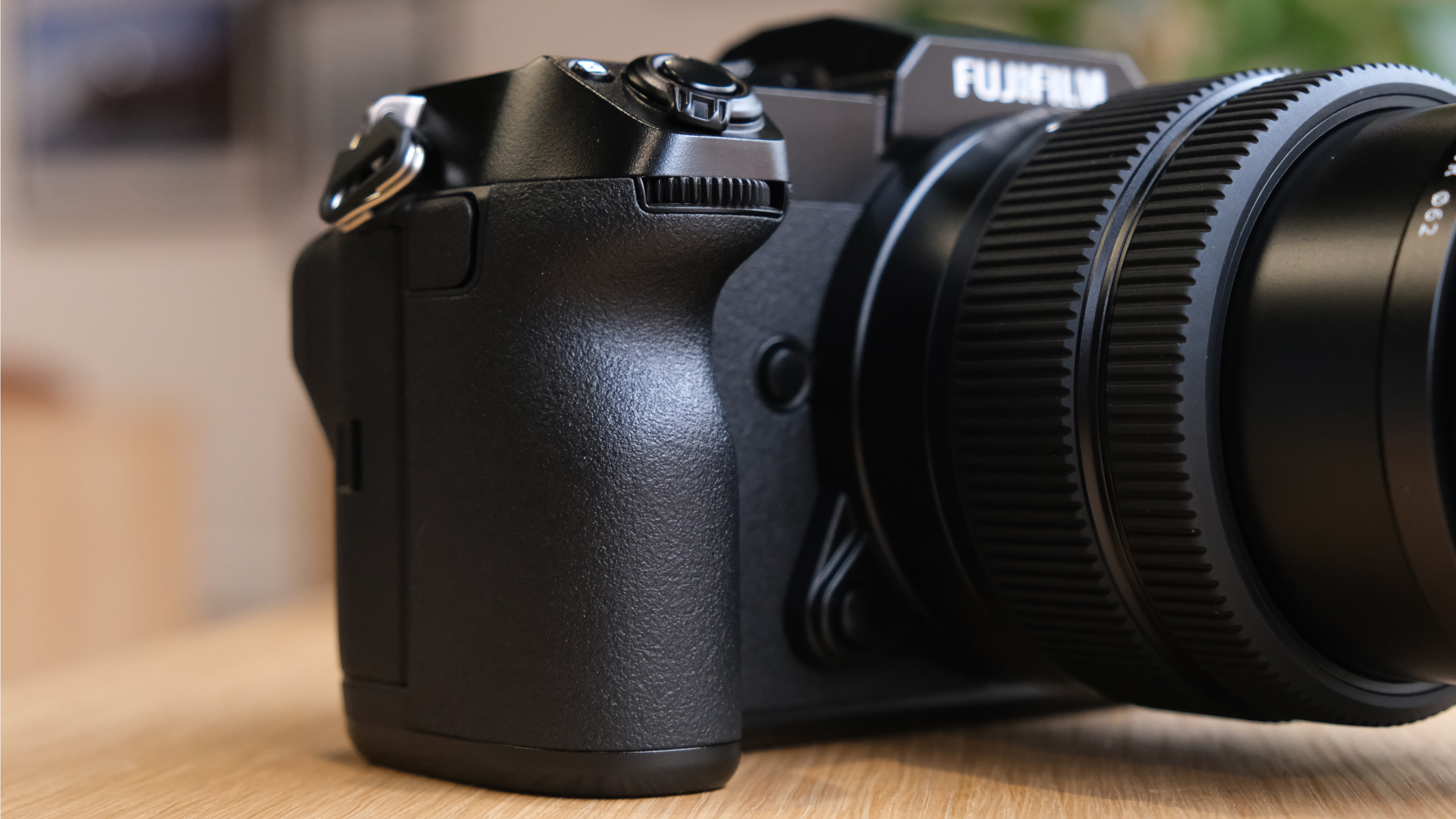
Despite getting the latest X-Processor 4 engine, though, there’s still no 4K video capabilities on the Mark II. That’s a limitation of the older sensor, and you are still restricted to the 3fps continuous shooting speed that we saw in the older model, too.
While the lack of 4K video and a meager continuous shooting speed is a little disappointing, Fujifilm has made up for it by improving the in-body image stabilization (IBIS). The 5-axis IBIS system is now rated for a whopping 6.5 stops of correction for camera shake – that's a half stop improvement over the GFX 100S and the best IBIS rating of any GFX camera to date.
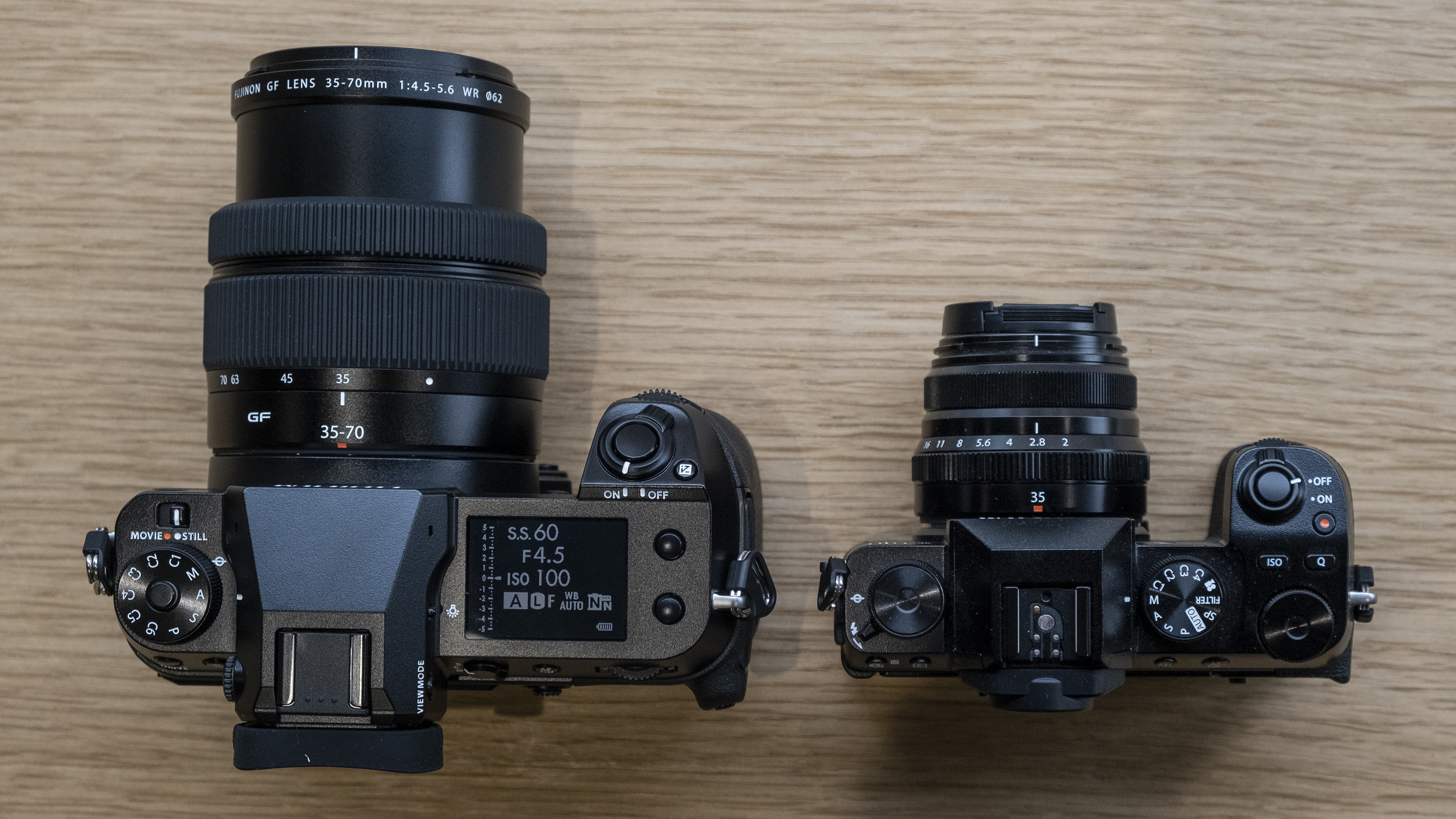
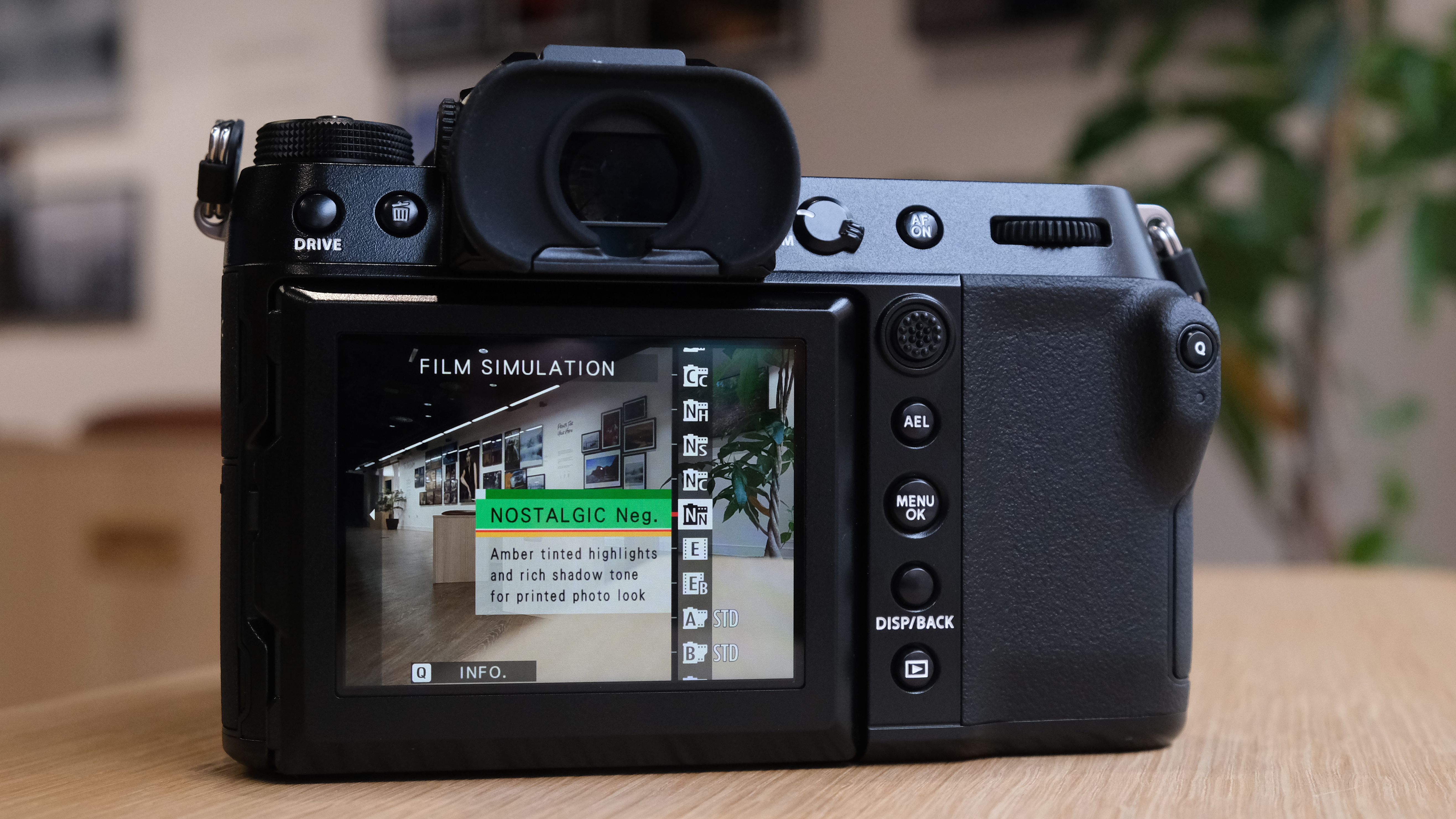
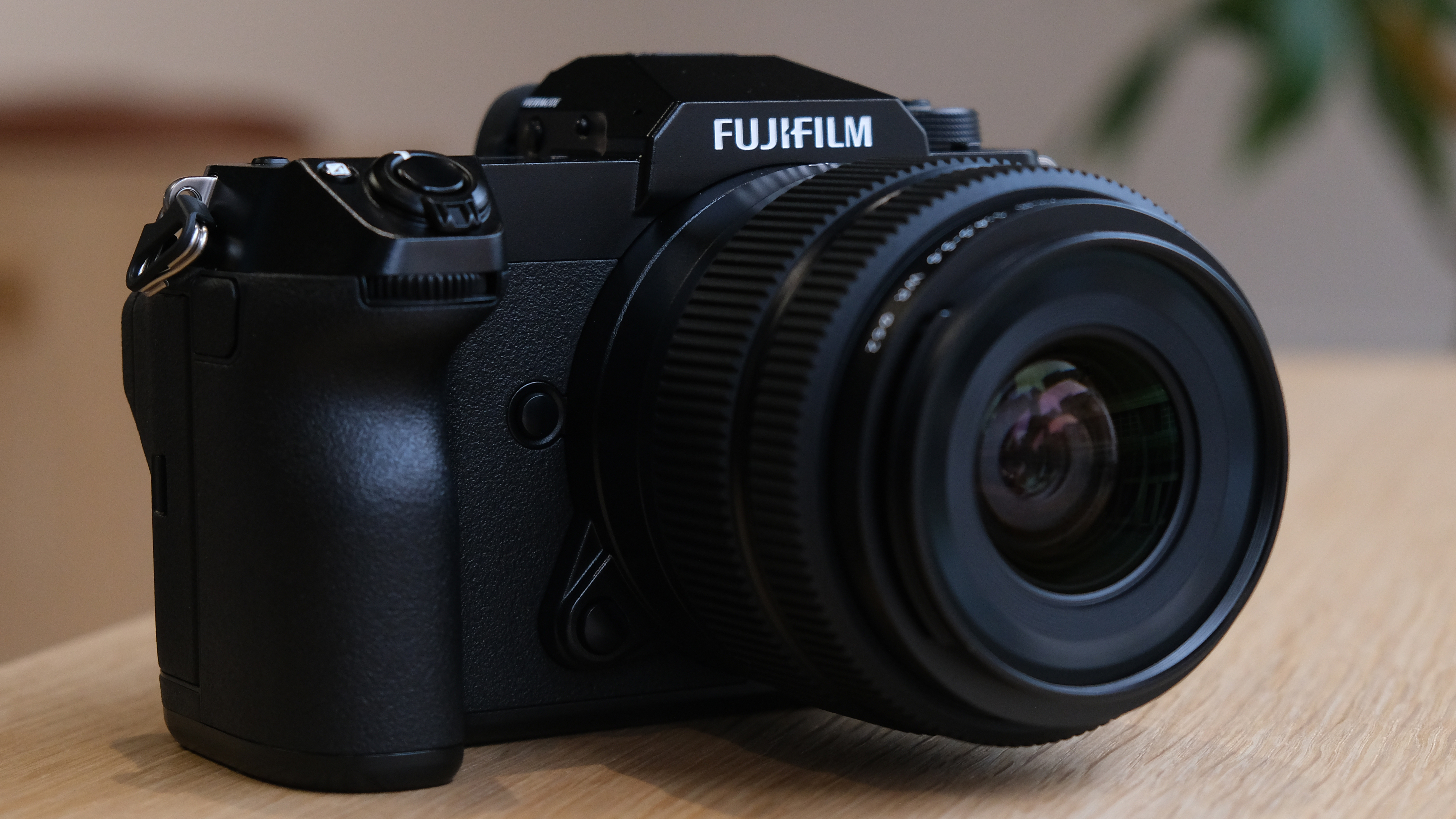
There’s also a Pixel Shift Multi-shot function now available on the GFX50S II, a feature that was missing on the original. This produces 200MP images by capturing 16 RAW images as the sensor shifts by 0.5 of a pixel – the final composite image isn’t produced in-camera though, and needs to be done in post using Fujifilm’s Pixel Shift Combiner software.
To help with photographic creativity, all 19 of the current Film Simulations are on board, including the Nostalgic Neg that debuted in the GFX 100S.
Fujifilm GFX50S II performance
It’s extremely difficult to find fault with the results produced by a medium format body. Admittedly, the autofocus performance can feel sluggish when compared to a full-frame or APS-C mirrorless camera, but the GFX50S II isn’t a slouch either.
We had the camera with us for about a week prior to launch and were able to perform some preliminary tests. And, combined with the GF 23mm f/4 R LM WR lens, the AF acquisition speed wasn’t disappointing at all, even in low light conditions. The camera was quickly able to lock onto a moving ferry and track it, keeping the subject in focus. We still need to test the camera’s face and eye detection capabilities, and we’ll update this review with more details soon.
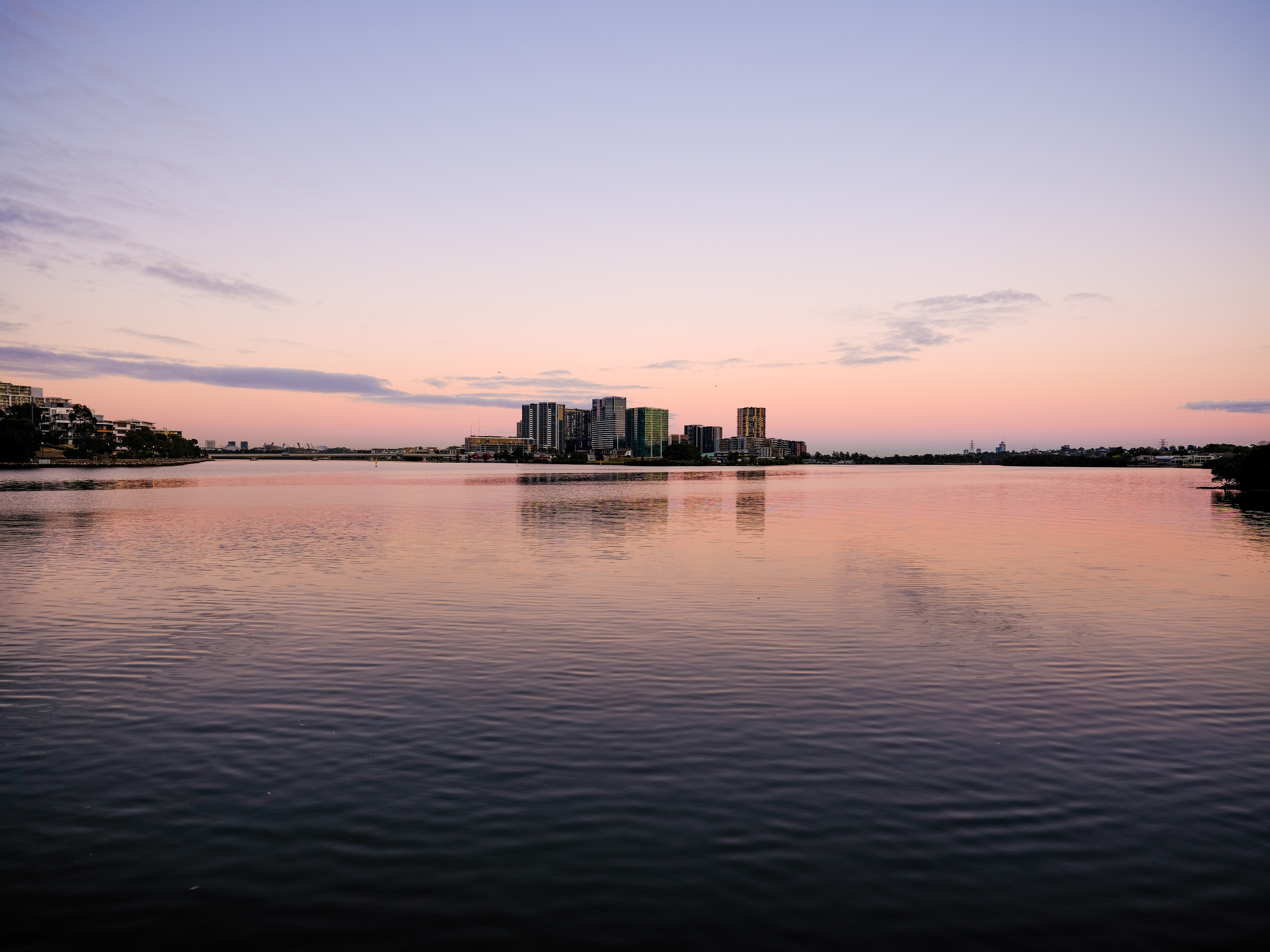





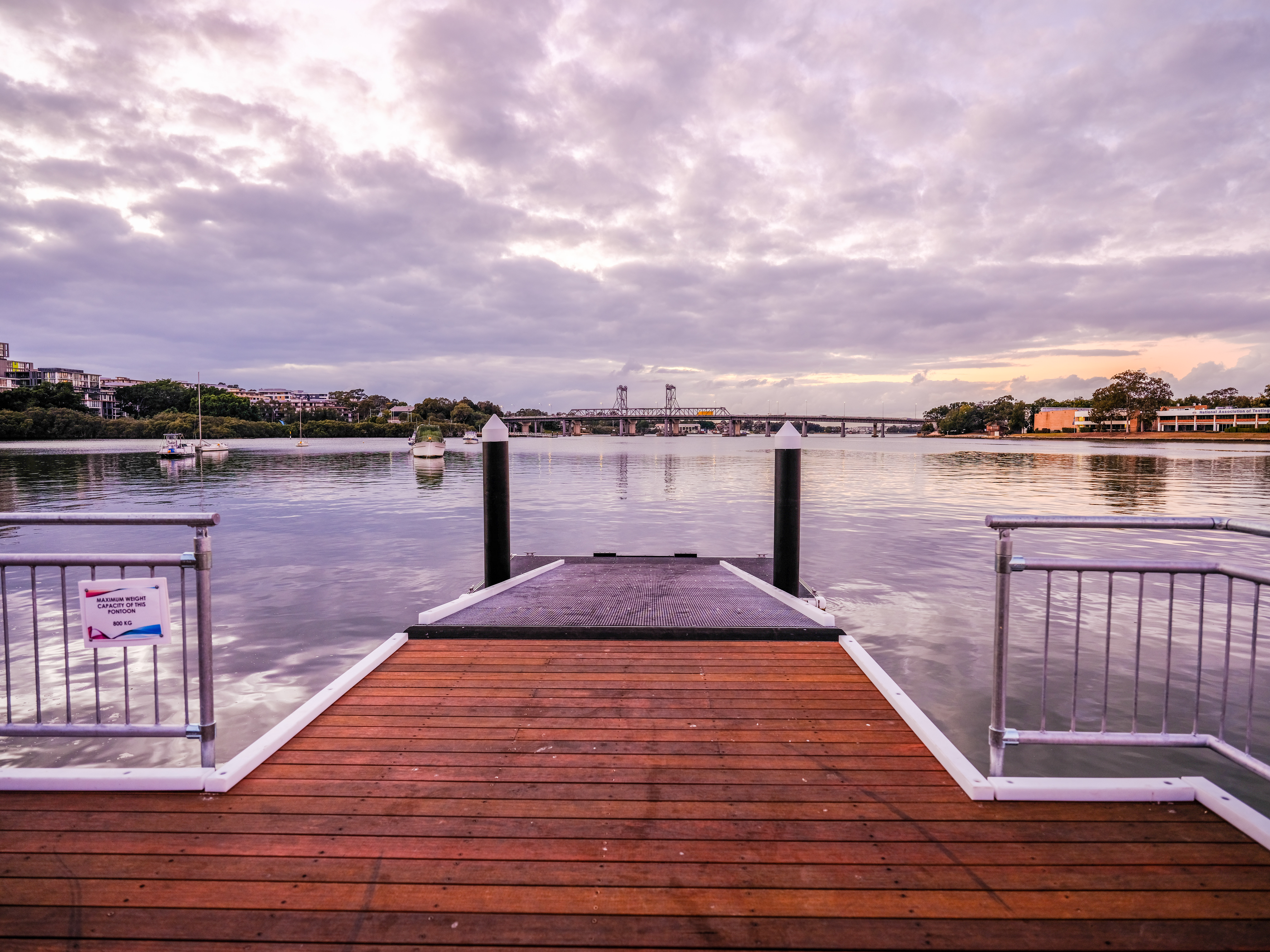
The GFX50S II is still going to be the remit of landscape, portrait and still life photographers. The level of detail that can be achieved with this 51MP sensor is remarkable. And then there’s the legendary dynamic range. We took a few underexposed test shots and there was a huge latitude to play with. It was extremely easy to bring out details in shadows and highlights without impacting the image quality.
We still have to put the camera through its ISO paces, but from our initial tests, image quality at base ISO is excellent. We did go up to ISO 1250 with not a hint of grain, but we’ll update this review with more results when we’ve tested the camera’s full capabilities.
Early verdict
It’s admittedly very tempting to compare the Fujifilm GFX50S II with a high-resolution full-frame mirrorless camera, but it’s unreasonable to expect the performances to match up. Medium format sensors and 35mm chips are very different beasts.

The GFX50S II, like its predecessor, isn’t built for speed or video. It’s definitely built to produce some exceptional stills, however, with autofocus performance more than sufficient for any scenario you’d use a medium format camera for.
The decision to use the more DSLR-like body of the GFX 100S here is a good one, allowing most photographers to make a switch easily and comfortably. And there’s no getting away from the price tag – if you value the advantages the large sensor can offer, then switching to a medium format body is now definitely achievable.
0 comments:
Post a Comment